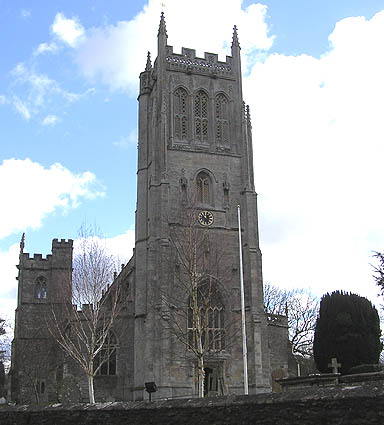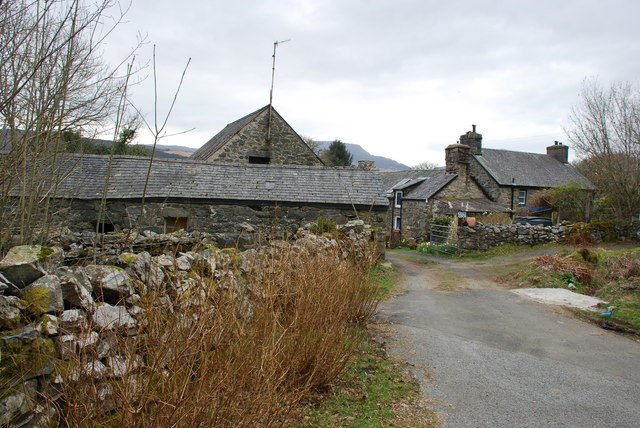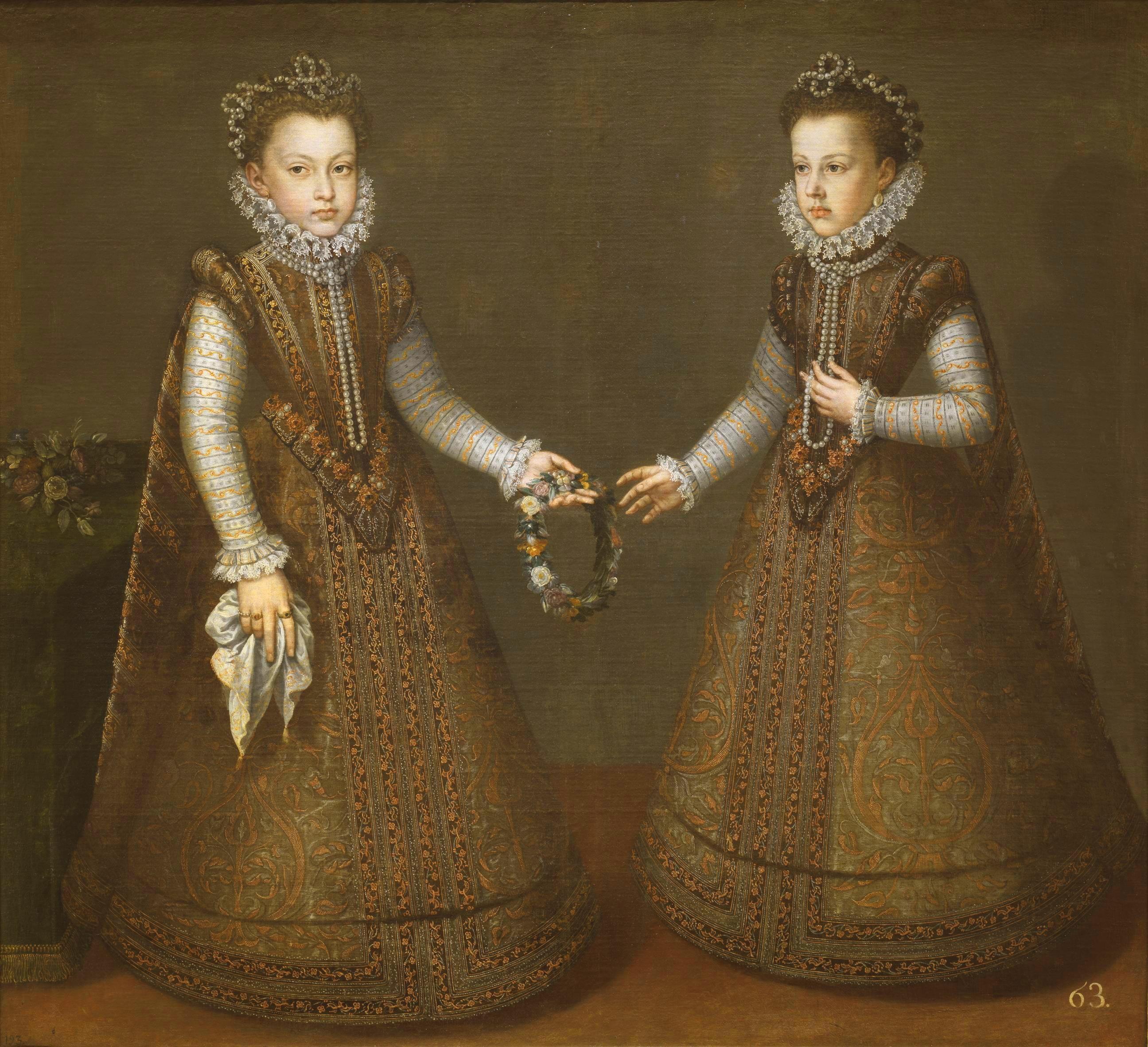|
Downside School
Downside School is a co-educational Catholic independent boarding and day school in the English public school tradition for pupils aged 11 to 18. It is located between Bath, Frome, Wells and Bruton, and is attached to Downside Abbey. Originally a school for English Catholic boys, it was established in 1617 by English and Welsh monks living in exile at Douai, France. The monastic community returned to England in 1795, with both the community and its school initially housed in the Shropshire home of Sir Edward Smythe, a former pupil. By 1814, the abbey and school had been re-established at their present site, in Somerset. Downside School became fully co-educational in all year groups in 2005. The school Downside is run by lay staff and three members of the Benedictine community based at Downside Abbey. It has a board of governors consisting of a chairman and ten others. Of the latter, one is a member of the Benedictine community. In 2019 the school and the abbey became separate ... [...More Info...] [...Related Items...] OR: [Wikipedia] [Google] [Baidu] |
Public School (United Kingdom)
In England and Wales (but not Scotland), a public school is a fee-charging financial endowment, endowed school originally for older boys. They are "public" in the sense of being open to pupils irrespective of locality, Christian denomination, denomination or paternal trade guild, trade or profession. In Scotland, a public school is synonymous with a state school in England and Wales, and fee-charging schools are referred to as private schools. Although the term "public school" has been in use since at least the 18th century, its usage was formalised by the Public Schools Act 1868, which put into law most recommendations of the 1864 Clarendon Report. Nine prestigious schools were investigated by Clarendon (including Merchant Taylors' School, Northwood, Merchant Taylors' School and St Paul's School, London) and seven subsequently reformed by the Act: Eton College, Eton, Shrewsbury School, Shrewsbury, Harrow School, Harrow, Winchester College, Winchester, Rugby School, Rugby, Wes ... [...More Info...] [...Related Items...] OR: [Wikipedia] [Google] [Baidu] |
Bruton
Bruton ( ) is a market town, electoral ward, and civil parish in Somerset, England, on the River Brue and the A359 between Frome and Yeovil. It is 7 miles (11 km) south-east of Shepton Mallet, just south of Snakelake Hill and Coombe Hill, 10 miles (16 km) north-west of Gillingham and 12 miles (19 km) south-west of Frome in South Somerset district. The town and ward have a population of 2,907. The parish includes the hamlets of Wyke Champflower and Redlynch. Bruton has a museum of items from the Jurassic era onwards. It includes a table used by the author John Steinbeck on a six-month stay. The Brue is flood-prone – in 1768 it wrecked a stone bridge. The 242.8 mm of rain that fell on 28 June 1917 left a river watermark on a pub wall 20 feet above the mean. In 1984 a protective dam was built upstream. History The Church of St Mary, Bruton was founded by Ine of Wessex in the 7th century, Bruton was listed in the Domesday Book of 1086 as ''Briuuetone'', meaning "Vigorously ... [...More Info...] [...Related Items...] OR: [Wikipedia] [Google] [Baidu] |
Flanders
Flanders (, ; Dutch: ''Vlaanderen'' ) is the Flemish-speaking northern portion of Belgium and one of the communities, regions and language areas of Belgium. However, there are several overlapping definitions, including ones related to culture, language, politics, and history, and sometimes involving neighbouring countries. The demonym associated with Flanders is Fleming, while the corresponding adjective is Flemish. The official capital of Flanders is the City of Brussels, although the Brussels-Capital Region that includes it has an independent regional government. The powers of the government of Flanders consist, among others, of economic affairs in the Flemish Region and the community aspects of Flanders life in Brussels, such as Flemish culture and education. Geographically, Flanders is mainly flat, and has a small section of coast on the North Sea. It borders the French department of Nord to the south-west near the coast, the Dutch provinces of Zeeland, North Brabant an ... [...More Info...] [...Related Items...] OR: [Wikipedia] [Google] [Baidu] |
Downside School - Geograph
Downside may refer to: * Downside, North Somerset, a sub-district of Backwell, Somerset, England * Downside, Somerset, a hamlet near Chilcompton in England ** Downside Abbey, a monastery in Somerset, England ** Downside School, a public school in Somerset, England * Downside, Surrey Downside is a small village in the English county of Surrey, in the local government district of Elmbridge, centred on Downside Common which is southwest of London and northeast of Guildford. Most of its buildings form a cluster. It has an ..., a small village in Surrey, England * Downside, New South Wales, Australia See also * Upside (other) {{dab, geodis ... [...More Info...] [...Related Items...] OR: [Wikipedia] [Google] [Baidu] |
John Roberts (martyr)
John Roberts (1577 – 10 December 1610) was a Welsh Benedictine monk and priest, and was the first Prior of St. Gregory's, Douai, France (now Downside Abbey). Returning to England as a missionary priest during the period of recusancy, he was martyred at Tyburn. He is venerated as a saint by the Roman Catholic church. Early life and conversion to Catholicism Roberts was born in 1577 in Trawsfynydd, a small village in Snowdonia, north Wales, the son of John and Anna Roberts of Rhiw Goch Farm."Life of Trawsfynydd Catholic martyr Saint John Roberts" BBC Northwest Wales, 8 December 2009 His father was a member of the Welsh nob ... [...More Info...] [...Related Items...] OR: [Wikipedia] [Google] [Baidu] |
Isabella Clara Eugenia, Duchess Of Luxembourg
Isabella Clara Eugenia ( es, link=no, Isabel Clara Eugenia; 12 August 1566 – 1 December 1633), sometimes referred to as Clara Isabella Eugenia, was sovereign of the Spanish Netherlands in the Low Countries and the north of modern France with her husband, Archduke Albert VII of Austria. Their reign is considered the Golden Age of the Spanish Netherlands. Isabella was one of the most powerful women in 16th- and 17th-century Europe. Early life Childhood Isabella Clara Eugenia of Austria was born in the Palacio del bosque de Valsaín, Segovia on 12 August 1566. She was the first surviving daughter of King Philip II of Spain and his third wife, Elisabeth of Valois. Her father was reportedly overjoyed at her birth and declared himself to be happier on the occasion than he would have been at the birth of a son. He already had a male heir, Carlos, Prince of Asturias, but father and son had never developed a close rapport and frequently lived in conflict with one another. ... [...More Info...] [...Related Items...] OR: [Wikipedia] [Google] [Baidu] |
Philippe De Caverel
Philippe de Caverel, Latinized as Philippus Caverellius (1555–1636), was an abbot of the Benedictine Abbey of St Vaast, Arras, and a councillor of state to the Archdukes Albert and Isabella. He was founder of Arras College in Paris, of the Jesuit College in Arras, of the College of St Vaast at the University of Douai, and of the English Benedictine monastery in Douai, as well as of a convent in La Bassée. He was also a literary patron of the Baroque period. Caverel was one of the delegates of the County of Artois to the Estates General of 1632, and one of the members of that body deputized to unsuccessful peace negotiations with the Dutch Republic in The Hague. His account of a diplomatic mission to Spain and Portugal in 1582 led by his predecessor, Jean Sarazin, survived in manuscript and was published in 1851 as ''Relation du voyage et de l'ambassade de Jean Sarrazin en Espagne et en Portugal'', edited by Louis de Baecker (Bruges, 1851). Works dedicated to Caverel *A ... [...More Info...] [...Related Items...] OR: [Wikipedia] [Google] [Baidu] |
Ambrose Barlow
Ambrose Edward Barlow, O.S.B. (1585 – 10 September 1641) was an English Benedictine monk who is venerated as a saint in the Catholic Church. He is one of a group of saints canonized by Pope Paul VI who became known as the Forty Martyrs of England and Wales. Early life and education Ambrose was born at Barlow Hall, Chorlton-cum-Hardy, near Manchester in 1585 (in the parish of Manchester). He was the fourth son of the nobleman Sir Alexander Barlow and his wife Mary, daughter of Sir Urian Brereton of Handforth Hall.Camm, Bede (1907)"Ven. Edward Ambrose Barlow" ''The Catholic Encyclopedia''. Vol. 2. New York: Robert Appleton. Retrieved 10 September 2013. The Barlow family had been reluctant converts to the Church of England following the suppression of the Catholic Church in England and Wales. Ambrose's grandfather died in 1584 whilst imprisoned for his beliefs and Sir Alexander Barlow had two thirds of his estate confiscated as a result of his refusing to conform with the rule ... [...More Info...] [...Related Items...] OR: [Wikipedia] [Google] [Baidu] |
Philip Powell (martyr)
Philip Powell (sometimes spelled Philip Powel) (2 February 1594 – 30 June 1646) was a lawyer who became a Benedictine monk and priest, serving as a missionary in England during the period of recusancy. He was martyred at Tyburn. Early life Powell is usually said to have been born in Trallong, Brecknockshire, Wales. From his youth he was a student of law, taught principally by David Baker, (who would later become a Benedictine himself, taking the name Augustine Baker). At the age of sixteen he went to study at one of the Inns of Court, London, and afterwards practiced civil law. Priesthood Three or four years later he received the Benedictine habit, becoming part of the community of St. Gregory at Douai (now at Downside Abbey, near Bath). In 1618 he was ordained priest and in 1622 left Douai to go on mission in England. In around 1624 he became chaplain to the Poyntz family at Leighland, Somerset. When the English Civil War broke out he retired to Yarnscombe and Parkham i ... [...More Info...] [...Related Items...] OR: [Wikipedia] [Google] [Baidu] |
Benedictine
, image = Medalla San Benito.PNG , caption = Design on the obverse side of the Saint Benedict Medal , abbreviation = OSB , formation = , motto = (English: 'Pray and Work') , founder = Benedict of Nursia , founding_location = Subiaco Abbey , type = Catholic religious order , headquarters = Sant'Anselmo all'Aventino , num_members = 6,802 (3,419 priests) as of 2020 , leader_title = Abbot Primate , leader_name = Gregory Polan, OSB , main_organ = Benedictine Confederation , parent_organization = Catholic Church , website = The Benedictines, officially the Order of Saint Benedict ( la, Ordo Sancti Benedicti, abbreviated as OSB), are a monastic religious order of the Catholic Church following the Rule of Saint Benedict. They are also sometimes called the Black Monks, in reference to the colour of their religious habits. They ... [...More Info...] [...Related Items...] OR: [Wikipedia] [Google] [Baidu] |
Downside School
Downside School is a co-educational Catholic independent boarding and day school in the English public school tradition for pupils aged 11 to 18. It is located between Bath, Frome, Wells and Bruton, and is attached to Downside Abbey. Originally a school for English Catholic boys, it was established in 1617 by English and Welsh monks living in exile at Douai, France. The monastic community returned to England in 1795, with both the community and its school initially housed in the Shropshire home of Sir Edward Smythe, a former pupil. By 1814, the abbey and school had been re-established at their present site, in Somerset. Downside School became fully co-educational in all year groups in 2005. The school Downside is run by lay staff and three members of the Benedictine community based at Downside Abbey. It has a board of governors consisting of a chairman and ten others. Of the latter, one is a member of the Benedictine community. In 2019 the school and the abbey became separate ... [...More Info...] [...Related Items...] OR: [Wikipedia] [Google] [Baidu] |






